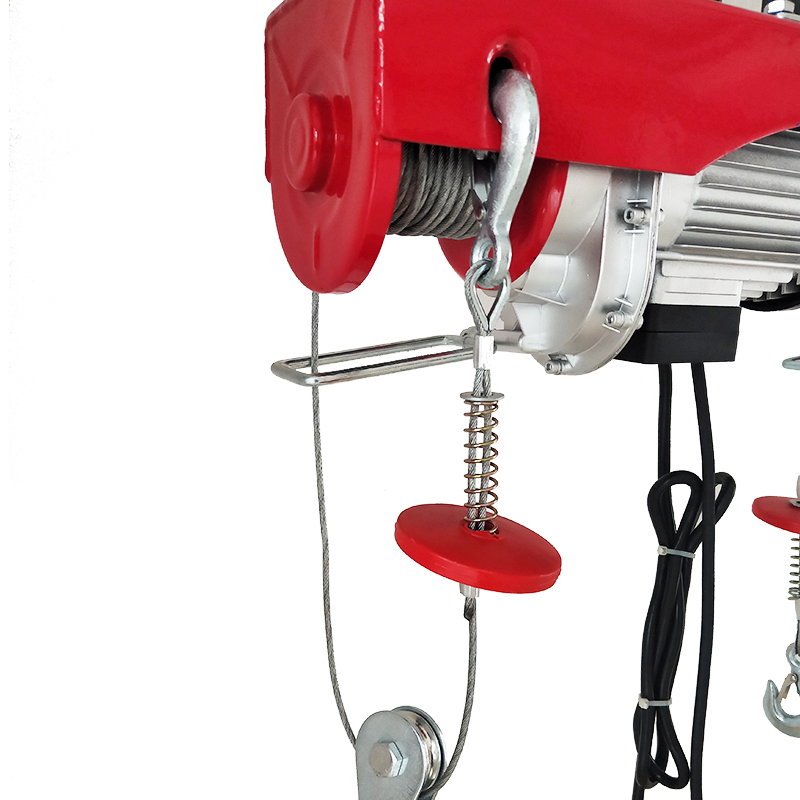


The Importance of Fall Protection Tools in Workplace Safety
In various industries, particularly construction, maintenance, and manufacturing, falls are a leading cause of injuries and fatalities. According to the Occupational Safety and Health Administration (OSHA), falls account for more than 30% of all construction-related deaths. This alarming statistic underscores the imperative for employers and workers alike to prioritize safety through the proper use of fall protection tools. Understanding the different types of fall protection tools, their applications, and best practices can significantly reduce the risks associated with working at heights.
Types of Fall Protection Tools
Fall protection tools can be broadly categorized into two primary types passive and active fall protection systems.
1. Passive Fall Protection Systems These tools are designed to prevent falls without requiring active input from workers. Examples include guardrails, safety nets, and toeboards. Guardrails are often used around elevated platforms, stairways, and scaffolding to provide a barrier that prevents workers from falling. Safety nets are typically installed below elevated work areas and serve to catch workers who may fall, thus reducing the severity of injuries.
2. Active Fall Protection Systems Unlike passive systems, active fall protection tools require workers to take specific actions to ensure their safety. Common examples include personal fall arrest systems (PFAS), safety harnesses, and lanyards. A PFAS typically comprises a full-body harness, a lanyard with a shock-absorbing feature, and a secure anchorage point. These tools are essential in situations where guardrails are not feasible, such as in construction settings where workers must move around an area.
3. Other Tools and Equipment Additional fall protection tools may include safety harnesses, lifelines, and mobile fall protection units. Safety harnesses distribute forces across the body in the event of a fall, providing vital support. Lifelines are used in conjunction with harnesses to secure workers during activities like roofing or window washing. Mobile fall protection units offer flexibility and can be relocated based on changing job requirements.
Importance of Training and Compliance
While the availability of fall protection tools is critical, their effectiveness greatly depends on proper training and adherence to safety standards. Employers must ensure that all workers who are at risk of falling are trained in the use of these tools. This training should cover how to properly wear and inspect harnesses, how to identify potential fall hazards, and the importance of maintaining a safe work environment.
Compliance with OSHA regulations is also fundamental. OSHA has specific guidelines that dictate when and how fall protection measures must be implemented. For instance, OSHA requires fall protection to be provided at elevations of six feet in the construction industry and at four feet in general industry operations. Failure to comply with these regulations can lead not only to severe injuries but also to significant legal and financial repercussions for employers.

Best Practices for Fall Prevention
To maximize safety, organizations should adopt a comprehensive fall protection plan that includes a few key elements
1. Hazard Assessment Conduct thorough assessments of work sites to identify potential fall hazards. This step should involve consultation with workers, who often have firsthand knowledge about risks.
2. Use of Appropriate Tools Select and utilize the right fall protection tools based on the specific tasks at hand. For instance, a roofing job may necessitate different equipment compared to a maintenance job on an elevated platform.
3. Regular Inspections Conduct regular inspections and maintenance of fall protection equipment to ensure it remains in good condition. Workers should be educated on how to identify worn or damaged equipment and promptly report any issues.
4. Emergency Preparedness Develop and implement an emergency response plan that prepares workers for fall incidents. This plan should detail how to respond, who to contact, and what to do in the event of a fall.
5. Continuous Training Safety training should not be a one-time event; it should be an ongoing process to keep workers updated on new tools, techniques, and regulations.
Conclusion
Fall protection tools are indispensable elements of workplace safety in environments where heights pose a risk. By understanding the types of fall protection systems available, ensuring proper training, and adhering to safety regulations, employers and workers can create a safer work environment. Prioritizing fall safety not only protects employees but also boosts morale and productivity, ultimately leading to a more efficient and responsible workplace. Investing in the right fall protection tools and fostering a culture of safety can prevent tragedies and save lives.



